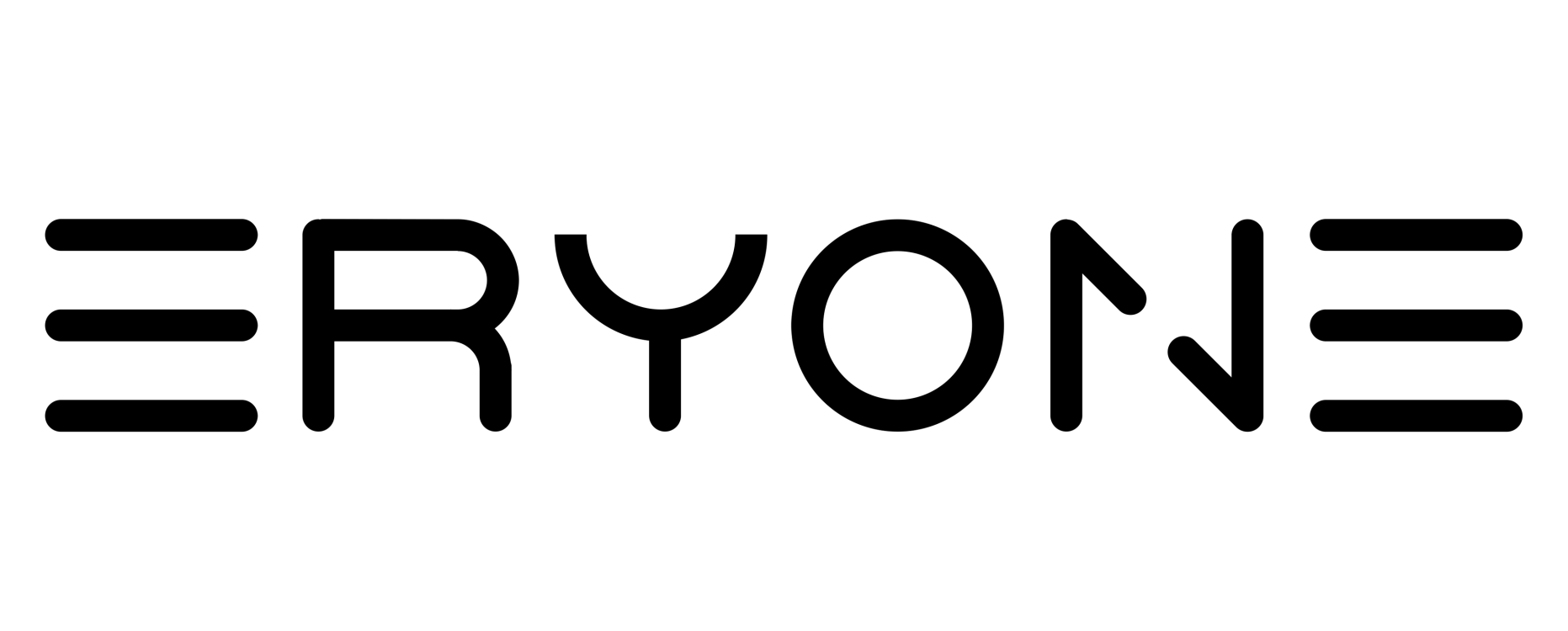ABS Fiberglass Filament - 1.75mm±0.03mm (1kg)
10+ rolls, from $12 per roll. Explore Bulk Sale.
Product specifications
| Printing Speed | |
|---|---|
| Nozzle temperature | |
| Build plate temperature |
Glass Fiber ABS











Eryone Glass Fiber ABS is a glass fiber reinforced ABS material that supports printing in
open environments. It features a balanced combination of strength, rigidity, and warping resistance, with a heat resistance temperature of up to 82°C. The printing speed can reach 150 mm/s, and it
has a matte, fine sand-smooth surface texture. It offers excellent mechanical properties, thermal
stability, and printing efficiency, making it suitable for 3D printing applications that require certain
levels of strength, rigidity, and heat resistance, such as tooling fixtures, manufacturing jigs, enclosures, and structural components. Note: The glass fiber content is 10%.
Part I: Suggests Printing Parameters
| Parameter | Set up |
| Nozzle temperature | 240-280 ℃ |
| Bed temperature | 80-100℃ |
| Bed materia | glass, PEI, spring steel plate |
| Bottom printing temperature | / |
| Sealed printing | Sealing print quality is better, supporting open printing |
| Printing speed | 30-150mm/s |
| Drying conditions | 60℃, 4h |
Part II: Physical Properties of Materials
| Property | Testing Method | Unit | Typical Value |
| Density(g/cm³ at 21.5 ° C) | ASTM D792 (ISO 1183, GB/T 1033) | g/cm³ | 1.1 |
| Vicat Softening Temperature(° C) | ASTM D1525 (ISO 306 GB/T 1633) | ℃ | / |
| Heat distortion temperature(° C) | ASTM D648 1.8MPa 0.45MPa | ℃ | 82 |
| Glass transition temperature (° C) | DSC, 10 ° C/min | ℃ | 104 |
| Melt Index(g/10 min) | 220 ° C, 10kg 240 ° C, 2.16 kg | g/10min | 30 |
Part III: Mechanical Properties of Printed Samples
| Property | Test conditions | Test standards | unit | Typical Value |
| Tensile strength X-Y | 50mm/min | GB/T 1040.4 | MPa | 37.2 |
| Elastic modulus X-Y | 50mm/min | GB/T 1040.1-2006 | MPa | 1735.8 |
| Elongation at break X-Y | 50mm/min | GB/T 1040.4 | % | 2.0 |
| Tensile strength X-Z | 50mm/min | GB/T 1843 | MPa | 19.2±4 |
| Elastic modulus X-Z | 50mm/min | GB/T 1040.1-2006 | MPa | 1651.2 |
| Elongation at break X-Z | 50mm/min | GB/T 1040.4 | % | 1.6 |
| Bending strength | 2mm/min | GB/T 9341 | MPa | 57.9 |
| Bending modulus | 2mm/min | GB/T 9341 | MPa | 2487.4 |
| Charpy Impact strenght | 2.75J | GB/T 1843 | kJ/m2 | 6.2 |
Note: All splines are printed under the following conditions: printing temperature=270 ° C, printing
speed=150mm/s, base plate 90° C, filling=100%, nozzle diameter=0.4mm

Excellent Strength
Adopting glass fiber reinforcement technology, significantly improving tensile strength and bending strength, ensuring the stability and durability of printed parts under high loads. Contains 10% glass fiber, with stronger characteristics than ABS carbon fiber.

Heat Resistance
ERYONE ABS glass fiber material has a high thermal deformation temperature and can maintain its shape and performance in high temperature environments. Ensure the reliability and safety of the product.

Easy to process
The material has excellent printing performance, reducing the risk of warping and deformation during the printing process. Strong post-processing capability, users can easily perform polishing, painting, and other processing

Widely applicable fields
Whether it is manufacturing complex mechanical components or designing high-performance consumer goods, ABS fiberglass material is suitable for most printers and is an ideal choice for 3D printing.
FAQs
What is the main advantage of ABS Fiberglass Filament?
With 10% glass fiber, it has significantly enhanced tensile and bending strength, ensuring stability under high loads.
Can this filament withstand high temperatures?
Yes, it has a high thermal deformation temperature of up to 82°C and maintains shape and performance in hot environments.
Is it difficult to print with this filament?
No, it has excellent printing performance, reducing warping and deformation risks. It also allows easy post - processing like polishing and painting.
What types of 3D printing projects is it suitable for?
It's ideal for tooling fixtures, manufacturing jigs, enclosures, and structural components, as well as complex mechanical parts and high - performance consumer goods.



































































































































